Polyurethane Foam
Polyurethane Foam: Versatile Solutions for Every Industry
Polyurethane foam (PU foam) is a durable, versatile material that offers unmatched performance across a variety of industries. Known for its adaptability, polyurethane foam can be customized to meet specific requirements, whether it’s for secondary containment, protective packaging, or industrial applications. At Foam Inc., we specialize in delivering custom polyurethane foam packaging and components tailored to your unique needs.

Applications of Polyurethane Foam
Polyurethane foam is an incredibly versatile material that adapts to a wide range of industries and applications. From providing durable secondary containment solutions to offering cushioning and protection for packaging and medical uses, PU foam delivers exceptional performance. Below are some of the most popular applications where polyurethane foam shines.
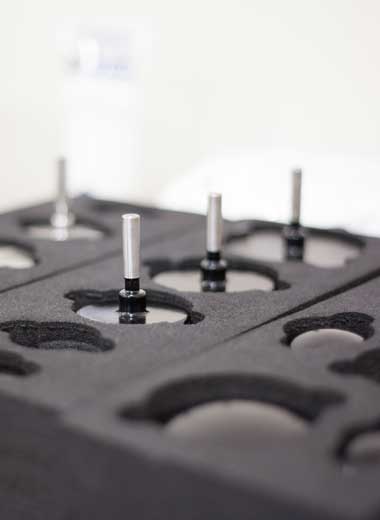
Custom Packaging
With its ability to absorb shocks and maintain structural integrity, polyurethane foam is perfect for custom cut packing foam solutions. From protecting fragile electronics to securing industrial equipment, our foam packaging ensures your products stay safe during transportation and storage.
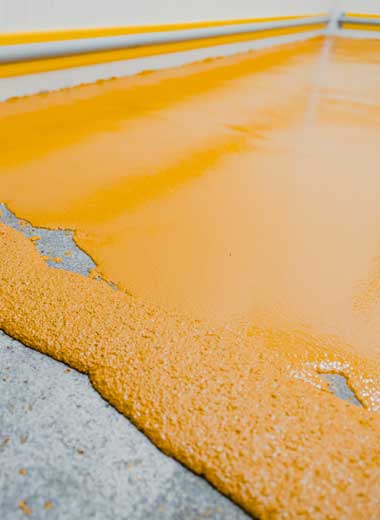
Secondary Containment
Polyurethane foam is an essential material for creating reliable secondary containment systems. Its chemical resistance and durable structure make it ideal for industrial environments where leaks or spills need to be controlled. Whether it’s for environmental safety or industrial compliance, high-density foam ensures robust performance and long-term durability.
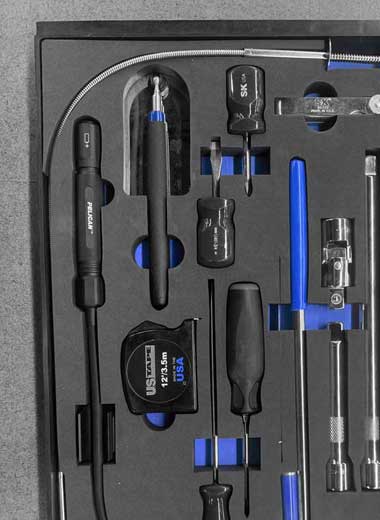
Medical Applications
In the medical field, PU foam is used for everything from patient comfort to medical device packaging and insulation. Its flexibility, moisture-resistance, and hypoallergenic properties make it ideal for sensitive environments.
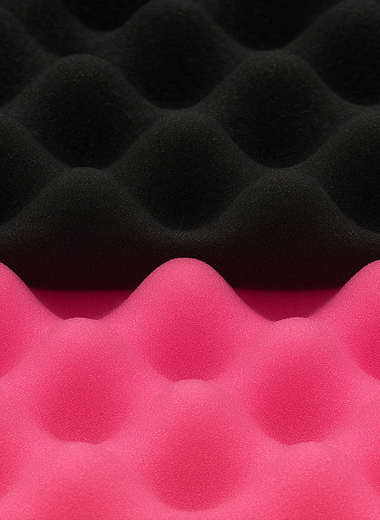
Convoluted Foam
Foam Inc manufactures high-quality convoluted (egg crate) foam engineered for superior product protection, cushioning, and ESD safety in packaging applications. We sheet, die cut, saw, and assemble custom foam solutions to fit your exact product needs. Available in polyurethane and polyethylene materials, including antistatic and conductive options, our convoluted foam delivers lightweight durability, impact resistance, and static control—ideal for electronics, aerospace, medical, and industrial packaging.
Polyurethane Foam Types
Polyester-Based vs. Polyether-Based
Polyether-Based PU Foam
Soft, flexible, and moisture-resistant, polyether-based polyurethane foam excels in applications like cushions, soundproofing, and custom polyurethane foam packaging. It’s ideal for environments where comfort and adaptability are key.
- Properties: Excellent moisture resistance, softer texture, and higher flexibility.
- Uses: Cushions, custom packaging, soundproofing, and applications where comfort or shock absorption is needed.
Polyester-Based PU Foam
Known for its strength and durability, polyester-based polyurethane foam excels in environments where resistance to wear and chemicals is critical. It is slightly firmer and denser, making it ideal for high-performance applications.
- Properties: High tensile strength, superior chemical resistance, and firm structure.
- Uses: Industrial seals, gaskets, automotive components, and high-load applications requiring long-term durability.
Open-Cell vs. Closed-Cell
Polyurethane Foam Porosity
The porosity of polyurethane foam is a key factor in determining its functionality, making it highly versatile across various industries. Porosity refers to the foam's internal cell structure, which can range from open-cell for breathability and flexibility to closed-cell for strength and water resistance. By tailoring the porosity, polyurethane foam can meet specific requirements for insulation, cushioning, or structural support, providing solutions for an array of unique applications.
- Open-Cell Foam: This foam type features interconnected cells that allow air to flow through, making it breathable and lightweight. It is often used in applications like soundproofing panels, lightweight packaging, and soft cushioning, where airflow and comfort are essential.
- Closed-Cell Foam: With sealed cells that prevent air and moisture infiltration, closed-cell foam offers excellent rigidity and water resistance. This type of foam is ideal for insulation, protective cushioning for sensitive equipment, and applications requiring enhanced durability and structural integrity.
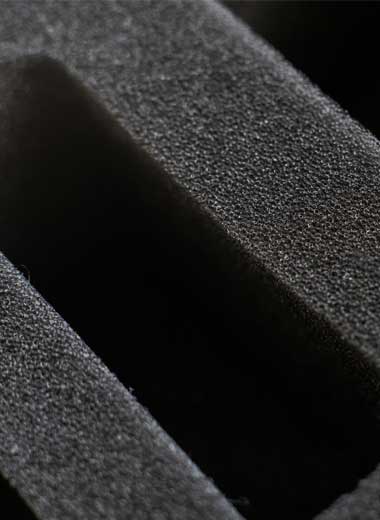
Open-Cell vs. Closed-Cell
Understanding Polyurethane Foam Density
PU foam density plays a crucial role in determining the performance, comfort, and durability of polyurethane foam. Density measures the foam’s weight per cubic foot, directly impacting its firmness, resilience, and load-bearing capacity. By selecting the appropriate density—soft, medium, or firm—you can ensure your foam meets the specific needs of your application, from lightweight cushioning to industrial-grade support.
- Soft Density Foam: Lightweight and highly flexible, soft density foam is perfect for applications requiring gentle cushioning and minimal structural support. It is commonly used in products like pillows, lightweight packaging, and bedding where comfort is a priority.
- Medium Density Foam: Striking a balance between softness and durability, medium density foam provides versatile performance for both comfort and support. It is ideal for furniture padding, custom cut packaging foam, and moderate load-bearing applications where resilience and longevity are required.
- High-Density Foam: Dense and rigid, high-density foam delivers superior strength and durability, making it suitable for demanding industrial and structural uses. Applications include automotive seating, military-grade packaging, secondary containment, and protective inserts for heavy equipment.
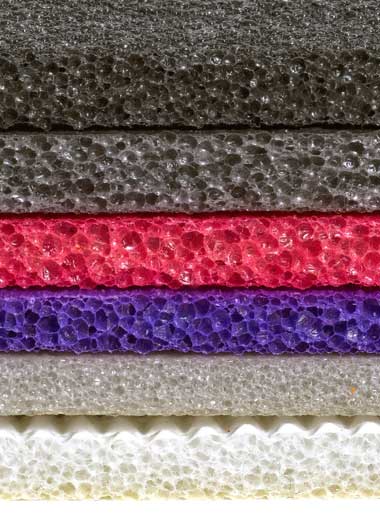
Polyurethane Foam Types
Anti-Static and Conductive Foam Options
In industries where electrostatic discharge (ESD) poses a risk to sensitive equipment, anti-static and conductive polyurethane foam options provide essential protection. These specialty foams are engineered to manage or dissipate electrical charges, ensuring the safety of valuable electronics, sensitive medical devices, and even military-grade equipment. By tailoring the foam’s conductivity levels, Foam Inc. delivers customized solutions that meet stringent industry standards.
Anti-Static Foam
Anti-static polyurethane foam is specifically designed to prevent electrostatic discharge (ESD), protecting sensitive equipment during storage or transport. Pink anti-static foam is the most common option, ideal for packaging electronics like circuit boards and microchips due to its ability to safely dissipate static charges. For more durable and high-performance needs, black anti-static foam is preferred, offering enhanced conductivity and long-term reliability.
Conductive Foam
Conductive foam provides permanent ESD protection by actively transferring static charges to a designated ground. This makes it an excellent choice for storing and shipping electronic components, creating static-free environments for sensitive medical and military devices, and all other kinds of custom polyurethane foam packaging. Conductive foam is often used in high-stakes applications requiring greater precision and performance than standard anti-static foam.